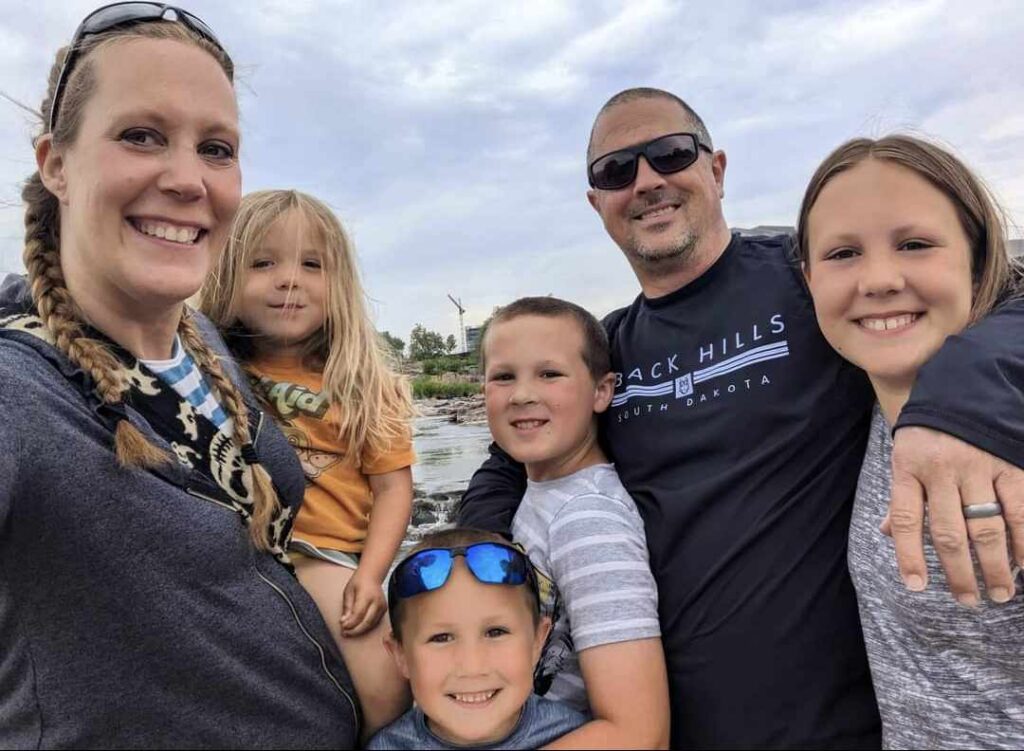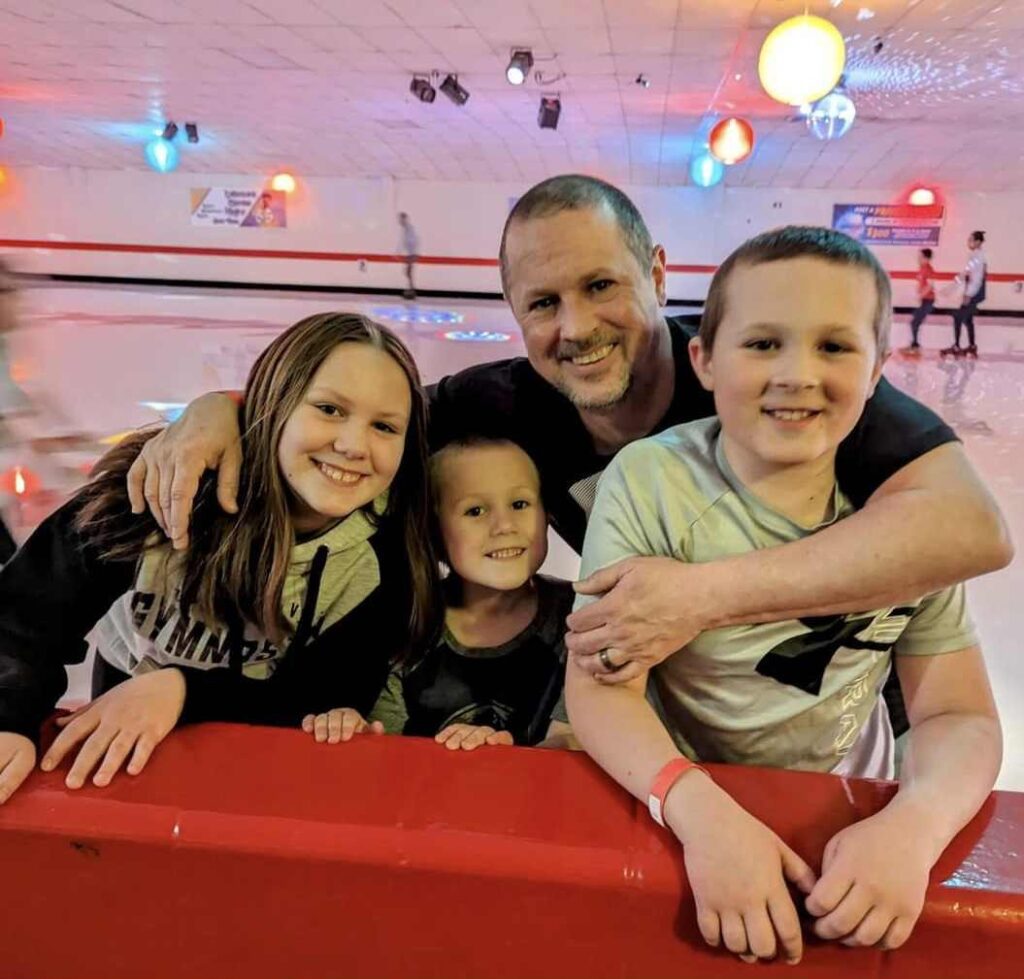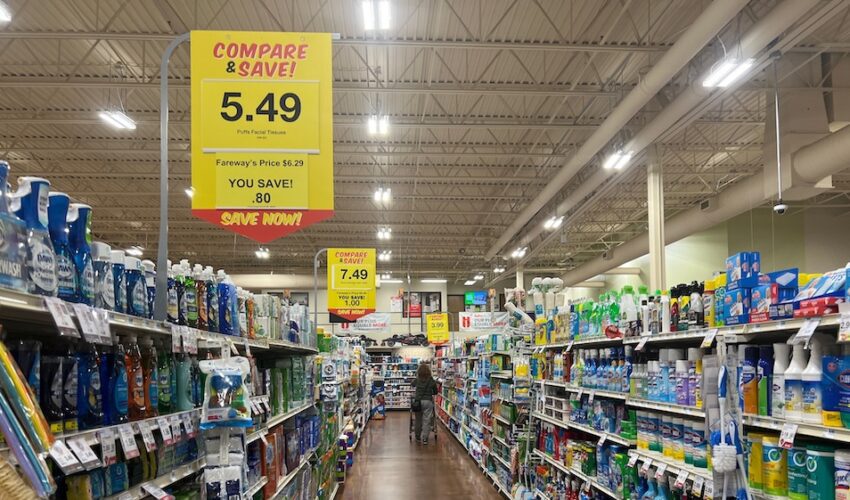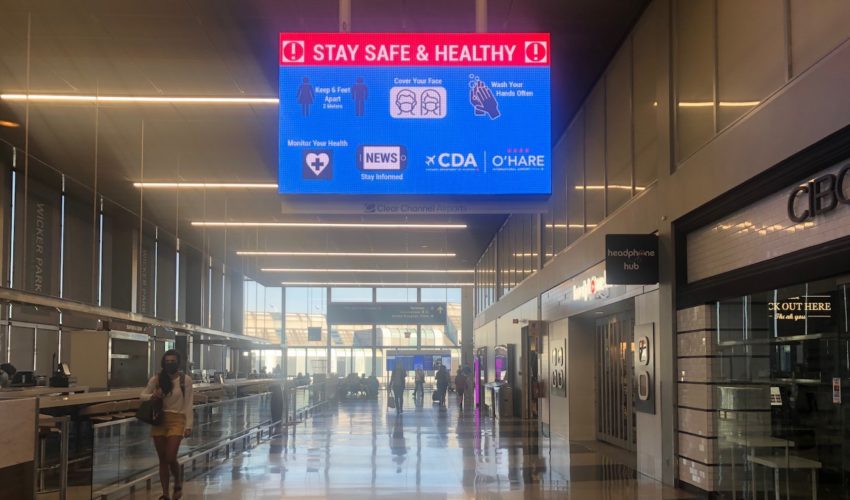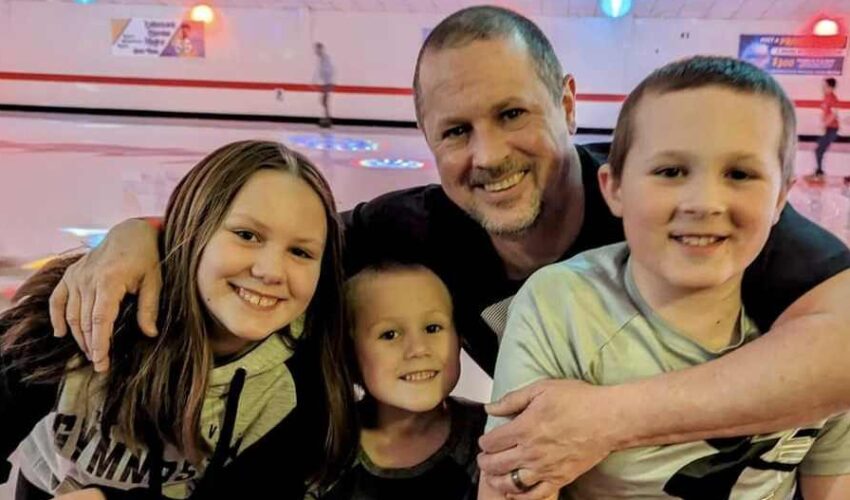Jodi’s Journal: As communities compete for remote workers, opportunities emerge
Feb. 4, 2024
I knew they had to exist, and it didn’t prove tough to find them.
At least two of them.
Chris and Kristin Giglio, who found Sioux Falls from their home – actually, a log cabin, but that’s another story – in Buffalo, New York, after literally searching the country for their next new address.
She works for a defense contractor; he works in IT. They both are remote workers, who can live anywhere.
So instead of moving for a job or staying because of a job, “we looked at things like what there would be to do – bowling alleys, miniature golf, certain stores, is there a zoo, all the activities we would do in a weekend – and (Sioux Falls) had everything we would do in New York and honestly more,” Kristin said.
They couldn’t say enough good things about Sioux Falls when we featured them recently on Pigeon605. And less than a week later, something came across my desk that made me think of them again.
The PR pitch spoke to the success a Kentucky community had achieved in attracting remote workers as new residents, but my interest was sparked by the company behind it.
A few hours later, I was on the phone with the co-founder of Indiana-based MakeMyMove, Evan Hock, who started his company – when else – in late 2020 as the great migration of remote workers began.
“It’s really remarkable,” he said. “During the pandemic, millions of people became remote, and we were pretty blown away by the sheer number that are looking for a new place to live. They’re looking for cost-of-living improvements, to be closer to amenities, to find a community they feel like they belong to.”
His website now hosts 200 communities marketing themselves to remote workers, including about 70 that offers thousands of dollars in incentives to some people looking to move. Hock estimates that communities are offering on average $5,000 to $15,000 per household to those that qualify. There’s typically a cap on how many people can claim the funding, and generally the remote worker must be making at least $60,000 per year.
Hock calls it “an extension of economic development activities that a lot of communities do … maybe trying to recruit a business and giving $10,000 or $15,000 per job the business might relocate. But this incentive is going straight to the worker.”
There’s a reason why. His data based on research from Indiana University shows that a household making $100,000 can add up to $83,000 in economic impact for their new community based on taxes and spending on housing, food, entertainment and other ordinary expenses. That’s every year.
“Think about the lifetime value of that person,” he said. “Plus, they bring family and kids to schools and contribute to the social fabric.”
Along with the cash, “a lot of communities get creative and offer additional amenities and incentives that offer more value but convey something about the community,” Hock said.
Think memberships, event tickets and other freebies.
It’s not just about the extras when people choose where to live, of course.
“It’s an individualized thing, but we see concentration in a couple of things,” Hock said. “People want to move where they feel like they belong – and that sense of belonging might mean something different – but they want to find friends and a network professionally, and they’re often looking for something more affordable.”
They recruit many people from California, Texas, New York and Florida, “who are trying to level up their quality of life and get more space and breathing room and are looking for amenities, whether it’s a college town with that energy or a smaller town,” he said. “It’s an opportunity for each community to think: ‘What am I good at? What do I have to offer?’ And pitch that.”
So far, there’s no South Dakota presence on the site – and I’m not suggesting we begin paying people to move here, especially when the organic growth has been enough to try to manage.
But it’s important to note that it’s a continual competition among communities for talent – and that today’s remote worker could become the person who fills a needed industry role in town after relocating to a community and potentially changing jobs.
In part, we can thank our real estate community for helping convince the Giglio family to move here – or more specifically, their pre-teen daughter.
I’ve been known to roll my eyes a bit at the copycat approach to marketing I see – most agents want to brand themselves as the go-to resource on the community and do so through online content like Sioux Falls-centered websites, directories, podcasts and, of course, videos. But those YouTube videos of Sioux Falls appealed to the Giglios’ daughter because they showed what the community had to offer.
I think that’s especially timely given that this week will bring the announcement of a vision for the downtown Riverline District, as well as ongoing public input sessions on the future of Frank Olson and Kuehn Park swimming pools.
Sioux Falls easily sells itself for more than half the year.
But when the temperatures aren’t as agreeable, it’s essential we maintain a competitive advantage by having enough variety of indoor activities, as well as outdoor ones that make all seasons more desirable.
Too many communities are way more creative than we are when it comes to this, and it’s time to step up our game.
And then, once new residents have relocated here – remote workers or not – it’s on the community to continue to deliver the welcoming culture I hear touted by so many newcomers.
I asked Hock at MakeMyMove what his organization has found is key to retention of residents, and there was good insight.
“Some of the most successful programs have found ways to weave people into the community,” he said, pointing to Bloomington, Indiana, as one example.
“They give everyone who comes (through their incentive program) a seat on a nonprofit board, to help people start to give back and connect to the community,” he said.
“We’ve seen communities resonate with individuals that value the same things they do.”
I’ve heard talk for a while now about trying to organize a way for Sioux Falls-area remote workers to get to know one another and the community, and I hope it’s coming to fruition. Let me know if so, please!
And in the meantime, let’s keep in mind that remaining a community of choice doesn’t happen by accident. It requires continual investment, a balance between cost of living and quality of life and a culture that sees new residents as additive in multiple ways.

